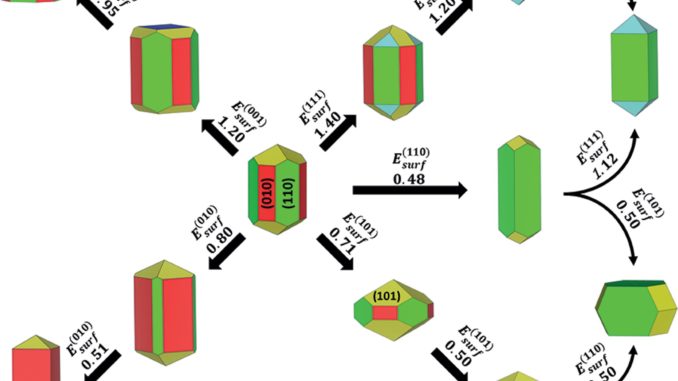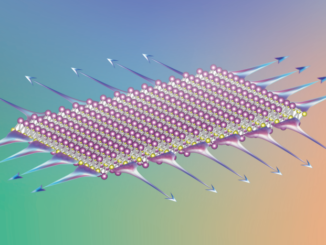
Computational Simulations of Morphological Transformations by Surface Structures: The Case of Rutile TiO2 phase
Abstract: Computational simulations based on periodic density functional theory have been carried out to investigate the control of crystal morphology by accurate values of surface energies by Wulff theorem. This method can be used as a very useful tool for the design and knowledge of synthesis of new materials. In a special case, rutile TiO2 phase, exhibits great variety of morphologies and properties making this system an interesting target for this approach. The low index, (100), (001), (101), (110), (111) surfaces were modeled and the respective surface energies produces the follows stability order: (110) < (010) < (101) < (001) < (111). The map of some morphologies routes was constructed from the calculated energies as a starting point without environmental influence and can be used to elucidate the influence of chemical routes. This method has helped in the knowledge of morphological modifications as a function of synthesis environment besides the connection between system characteristics and the exposed surfaces.
Authors: Barbosa, Matheus de Aquino; Lopes Fabris, Guilherme da Silva; Ferrer, Mateus Meneghetti; Marcelino de Azevedo, Douglas Henrique; Sambrano, Julio Ricardo.
MATERIALS RESEARCH-IBERO-AMERICAN JOURNAL OF MATERIALS
2017; Volume: 20; Edição: 4; Páginas: 920-925
DOI: 10.1590/1980-5373-MR-2016-0709




